Rome returns to host Arte e Collezionismo, one of the most eagerly awaited exhibitions for thehigh antiques market, and among the stands that promise to be the most promising in this edition is that of the 800/900 Artstudio gallery in Livorno. The exhibition space offers an itinerary that traverses, with freedom and intensity, Italian art between the 19th and 20th centuries. This is neither a chronological selection nor a scholastic ordering, but a dialogue between different eras and sensibilities, where languages confront each other and works speak to each other, restoring to the visitor the richness of a complex and fertile period.
One of the main walls is devoted entirely to Futurism, a movement that revolutionized 20th-century Italian and international artistic culture with its drive toward modernity. The public can admire a rare Geometric Tondo by Giacomo Balla (Turin, 1871 - Rome, 1958), dated between 1917 and 1920, a circular work that combines compositional rigor and visual energy. Signed “Futur Balla,” the canvas relates triangular shapes and vibrant colors, building a dynamic balance that perfectly embodies the tension between order and movement, abstraction and rhythm. Alongside the Tondo are the Andalmental Lines + Space, executed between 1920 and 1925, which deepen Balla’s exploration of dynamism and the harmony of color contrasts. In these works, painting becomes visual music, made up of trajectories and vibrations that suggest time in motion.
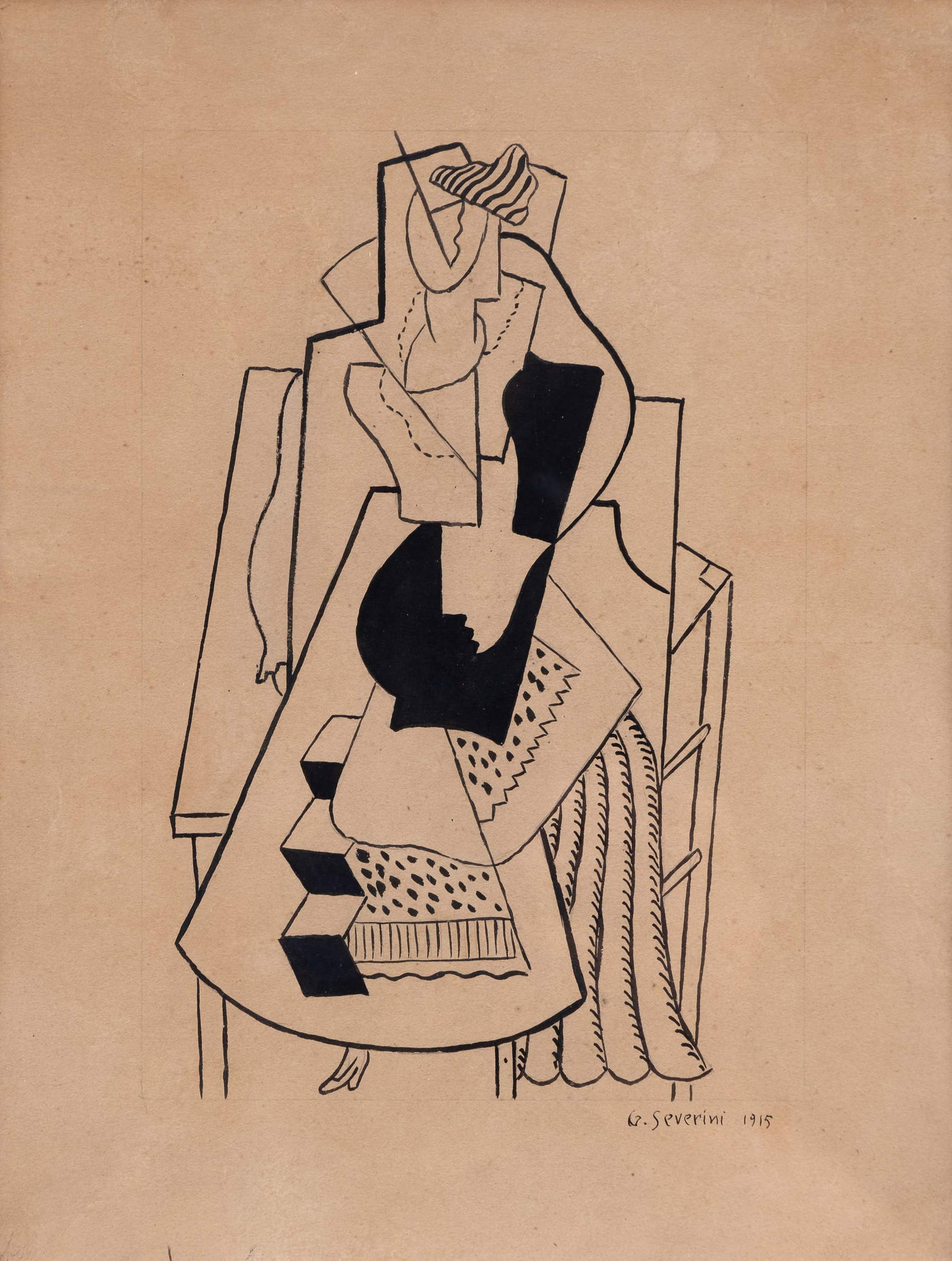
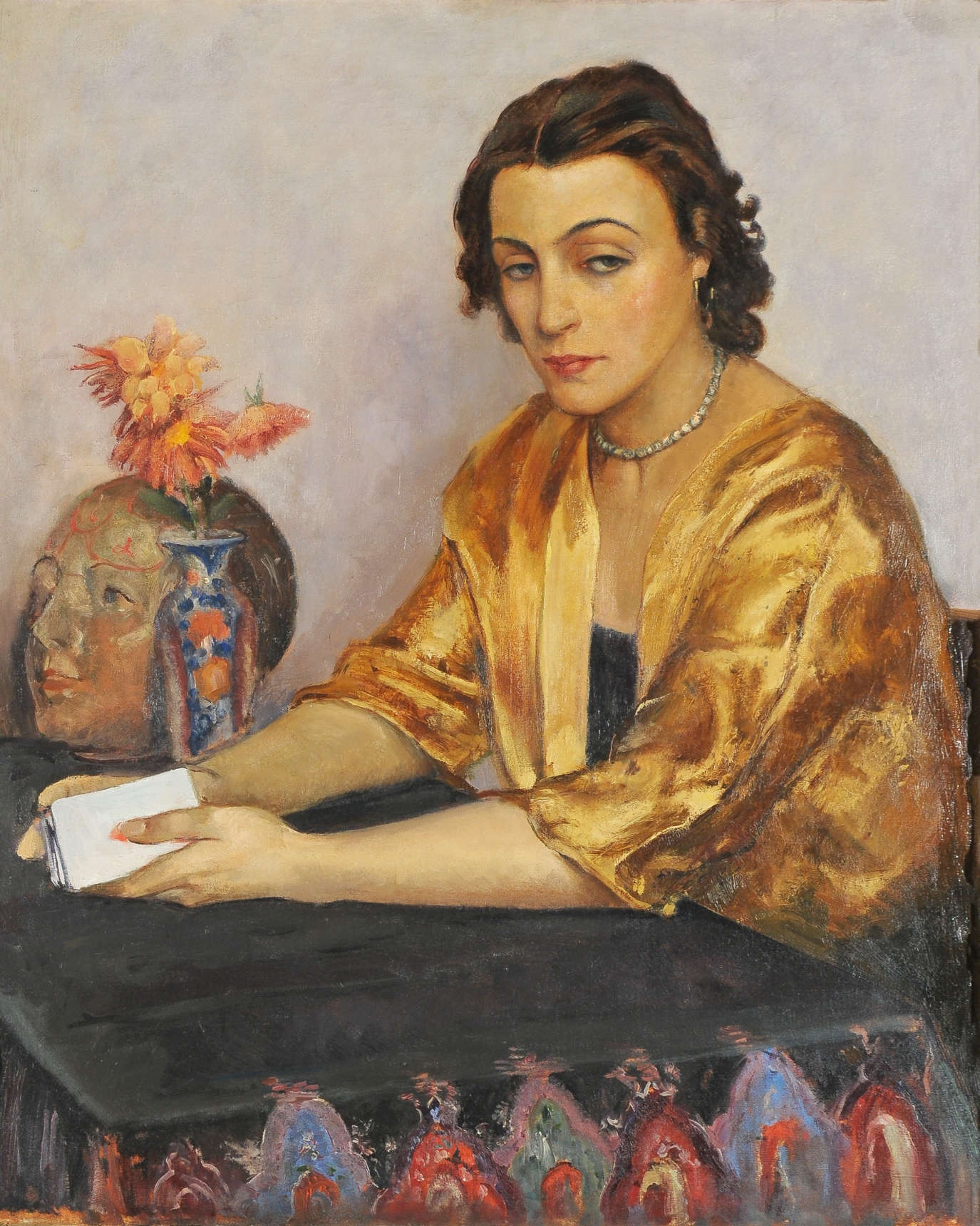
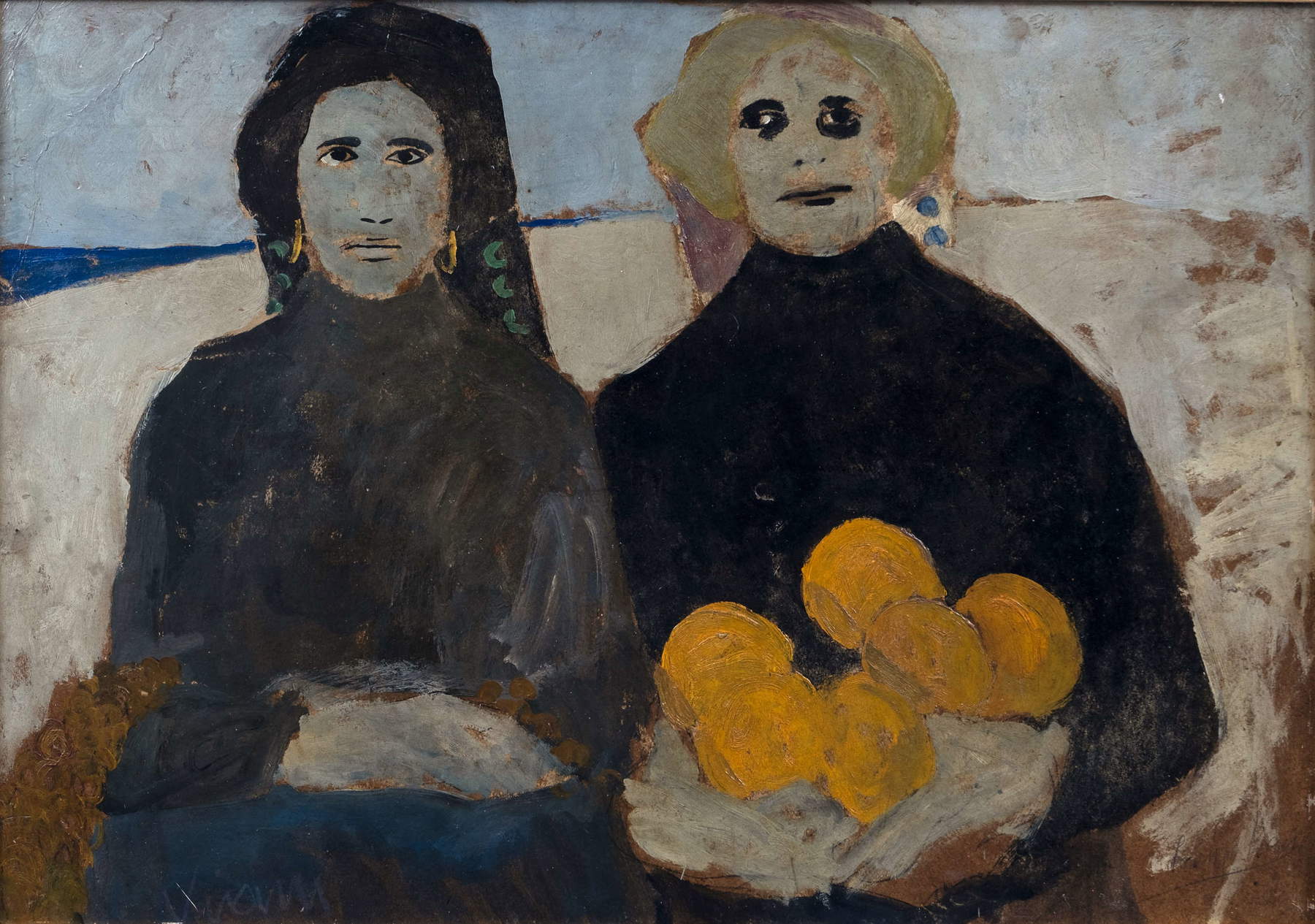
In the same nucleus are two studies by Gino Severini (Cortona, 1883 - Paris, 1966), which recount the evolution of his artistic language. The Danseuse of 1913 presents the figure fragmented and broken up into segments and curves, in full Futurist spirit, to restore the impression of dance as rhythm and modernity. Two years later, with the study for Femme assise - La modiste (1915), Severini moves toward a more reflective register, close to synthetic cubism. Here the figure, constructed with rigorous geometry, moves away from dynamism to become static and measured. Black backgrounds and sharp outlines compose a vision in which the absence of color translates into concentration and order. Closing the Futurist section appears Carlo Carrà (Quargnento, 1881 - Milan, 1966) with his study of Milan Station (1910), which testifies to the metropolitan fervor of the time. Carrà captures the myth of the modern city, celebrating its architecture and speed as symbols of progress.
The itinerary expands with a central core devoted to the representation of the feminine, where figures of women are interpreted by artists of very different sensibilities. Odoardo Borrani (Pisa, 1833 - Florence, 1905), with The Young Nun of 1876, offers a refined example of Macchiaioli painting: an intimate and silent work, where spirituality is translated into recollection and renunciation. In sharp contrast, Baccio Maria Bacci ’s La cartomante (Florence, 1888 - 1974), painted in 1929, is striking for the chromatic richness of the golds that vibrate on the canvas, evoking symbolic and popular atmospheres steeped in archaicism. The woman portrayed questions not only the cards, but also the viewer, confronting him or her with destiny.
Lorenzo Viani ’s Mimì Concetta (Viareggio, 1882 - Lido di Ostia, 1936), a work from 1908-1909, represents a further reversal. Here femininity appears dramatic and deformed: the face, laden with almost caricatural expressiveness, becomes an emblem of a restless and very modern humanity, a woman who breaks the silence and imposes her presence. Also by Viani, Women with Fruit (1911-1912) instead restores a collective and popular dimension. The female figures, immersed in an essential landscape, bear fruit as symbols of labor and resistance. Their gazes are not provocative, but direct and dignified, representing a strong and resilient social condition. Thus, through very diverse works, the female theme emerges as sacred, magical and tragic at once, each carrying a specific world.
The booth then devotes an in-depth look at the brothers Ruggero Alfredo and Ernesto Michahelles, known respectively as Ram (Florence, 1898 - 1976) and Thayaht (Florence, 1893 - Pietrasanta, 1959), singular and original figures of the early 20th century art scene. Presented by Ram is Mother Nature (1930), a plaster study of the famous Solar Mother exhibited at the Venice Biennale, along with The Tragedy of the Sea (1927), a dramatic painting depicting the recovery of the body of the poet Percy Bysshe Shelley after the Viareggio shipwreck. The work, shot through with a metaphysical light, transforms a biographical episode into a universal tale.
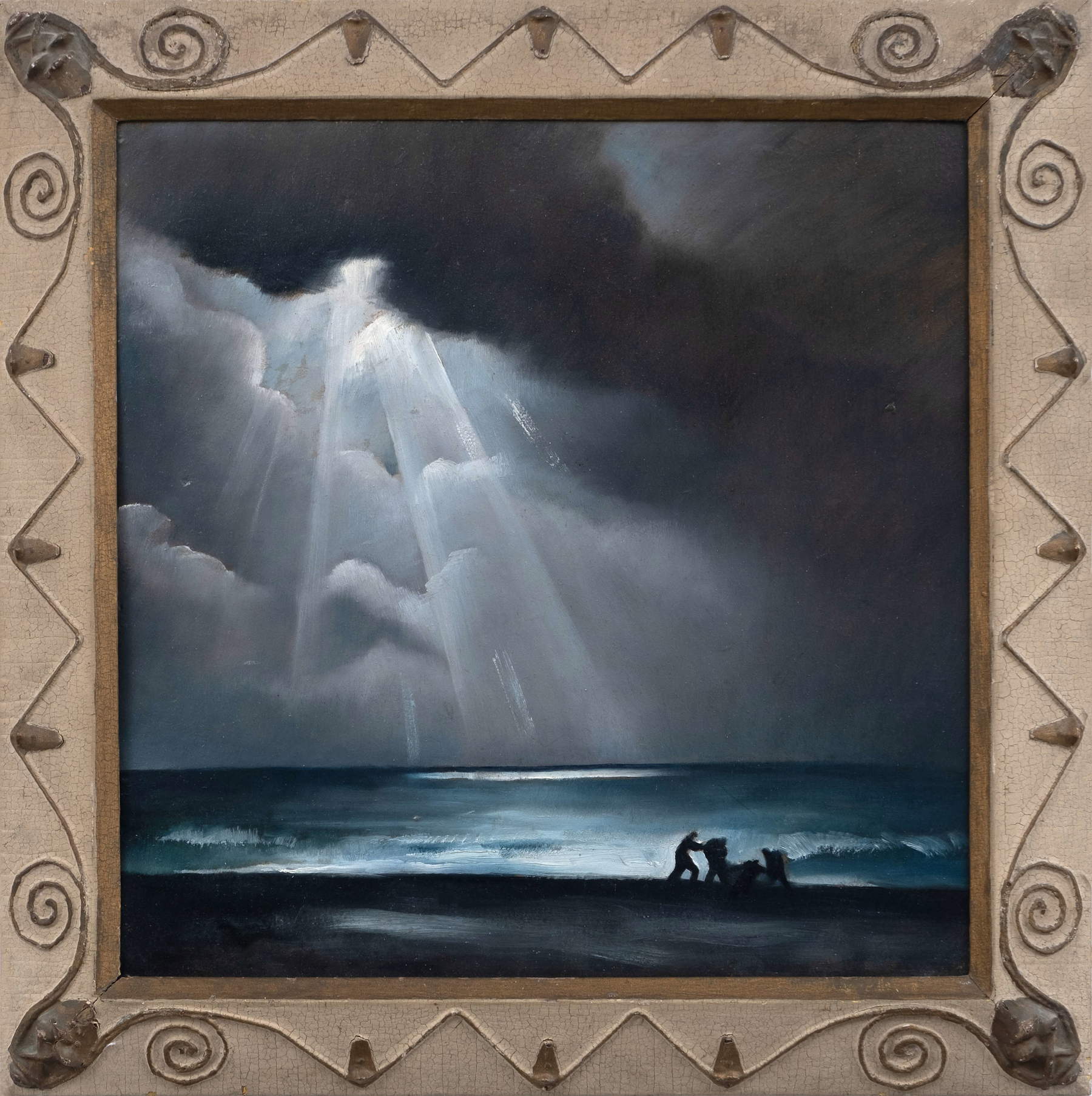
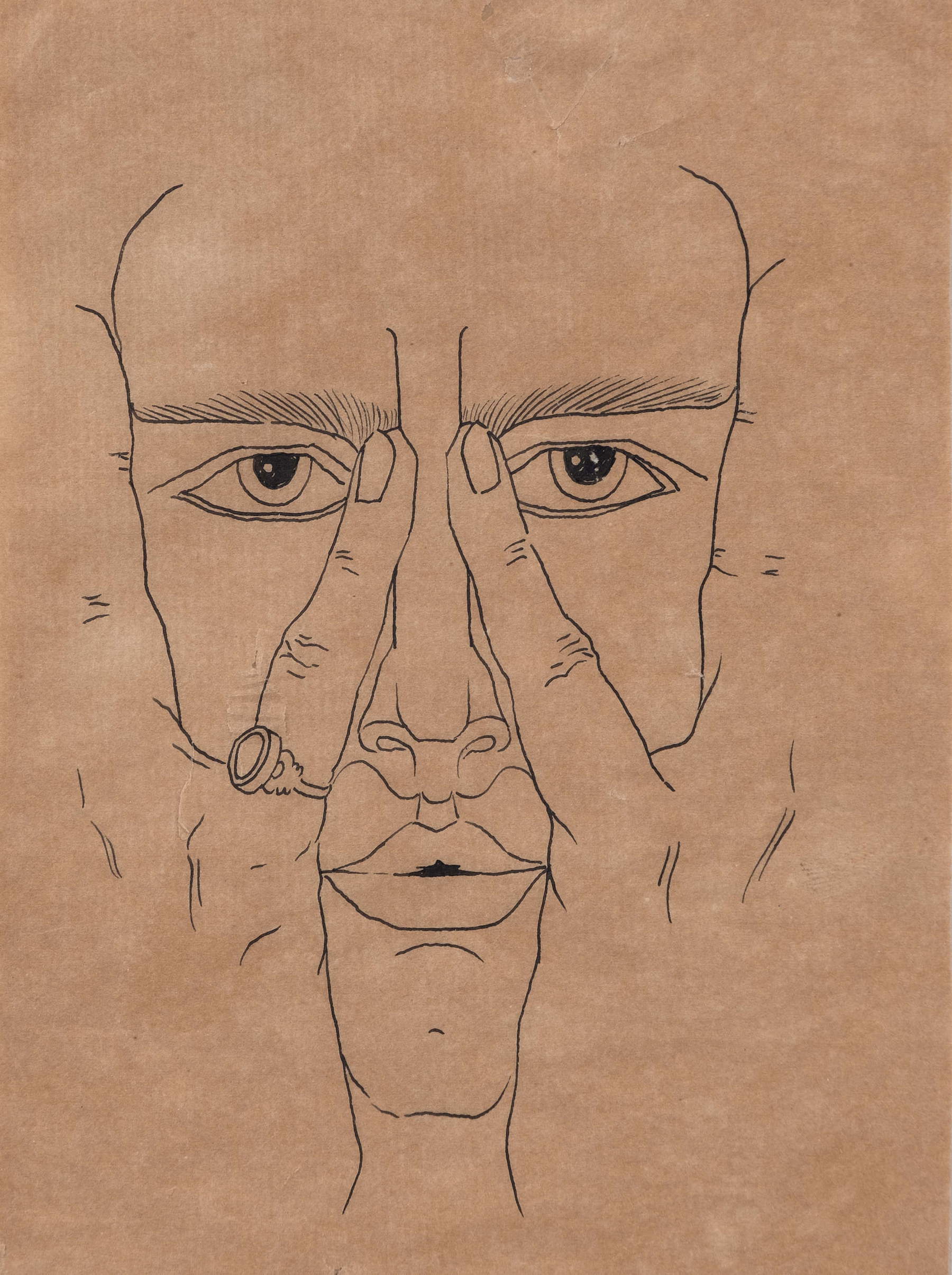
By Thayaht the public can view The Political Prisoner (The Flame and the Sentinel), a 1952 sculpture conceived as a study for the competition held in London by the Institute of Contemporary Arts for a monument to an unknown political prisoner. Rounding out the section are decorative panels, an ink Self-Portrait from 1920, and a Seascape in a Storm from the 1940s. The latter, with atmospheric swirls and moving waves, renders a restless and sublime nature, more visionary than Ram’s Tragedy of the Sea. In the wall, painting, sculpture and graphics are interwoven in a visual narrative that highlights the complementarity of the two brothers.
Alongside the main thematic nuclei, the booth also features a selection of works from the 19th and 20th centuries, designed as a tribute to the variety of languages that spanned two centuries of Italian history. Here stand out Le secche (1921), a rare navy by Oscar Ghiglia (Livorno, 1876 - Prato, 1945) in which light becomes pictorial matter, and a 1947 bronze Nudo by Marino Marini (Pistoia, 1901 - Viareggio, 1980), a plastic synthesis of strength and spirituality.
The overall itinerary returns visitors to the expressive plurality of Italian art between the nineteenth and twentieth centuries, still capable of challenging the present with visions, contrasts and memories. The installation of 800/900 Artstudio takes the form of a true journey, in which the works speak to each other across the centuries, offering a narrative of modernity and its roots, and confirming the vitality of an artistic heritage that continues to renew itself in the gaze of the observer.
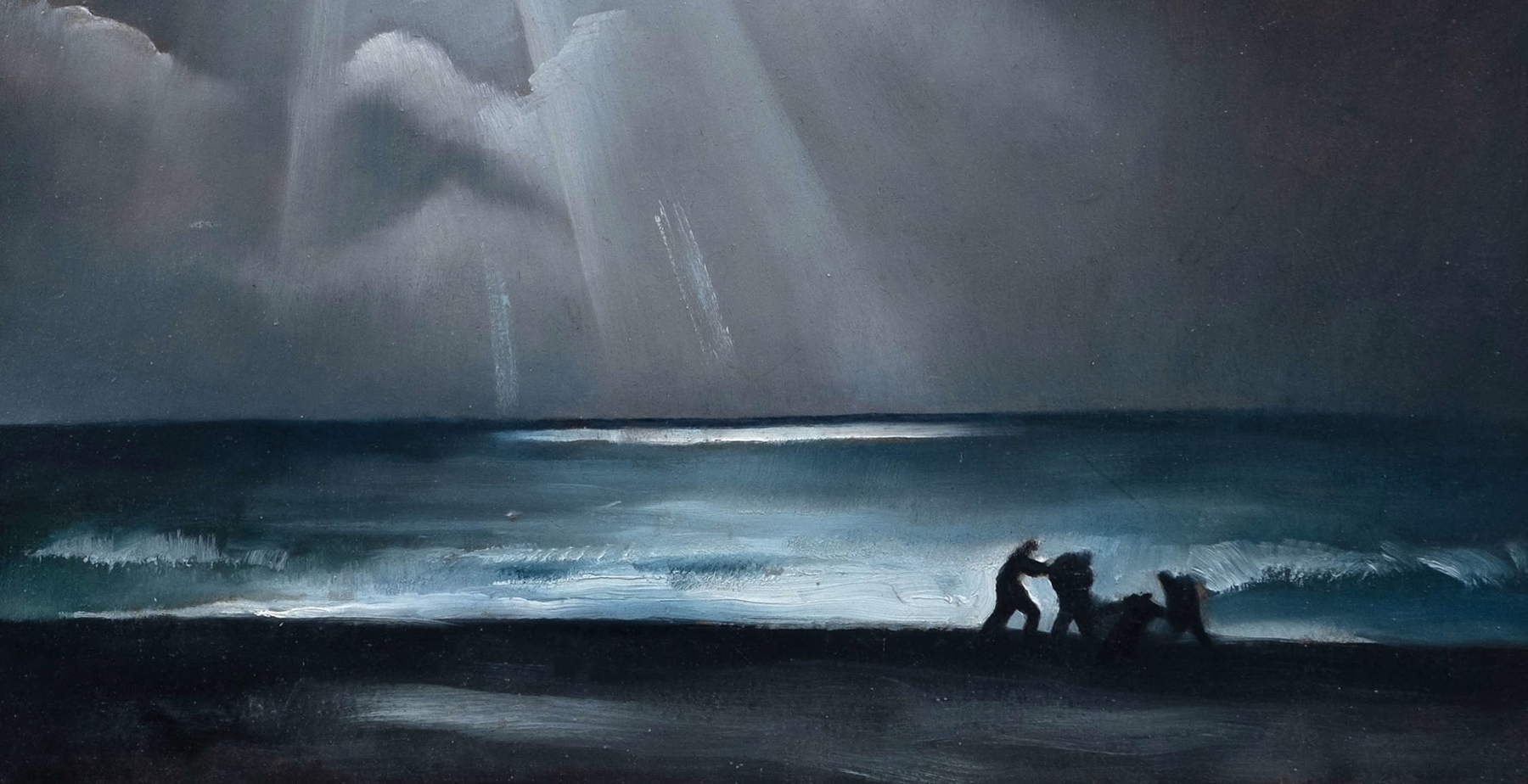 |
| Futurism and women in early 20th century art: the proposal of 800/900 for Art and Collecting Rome |
Warning: the translation into English of the original Italian article was created using automatic tools. We undertake to review all articles, but we do not guarantee the total absence of inaccuracies in the translation due to the program. You can find the original by clicking on the ITA button. If you find any mistake,please contact us.